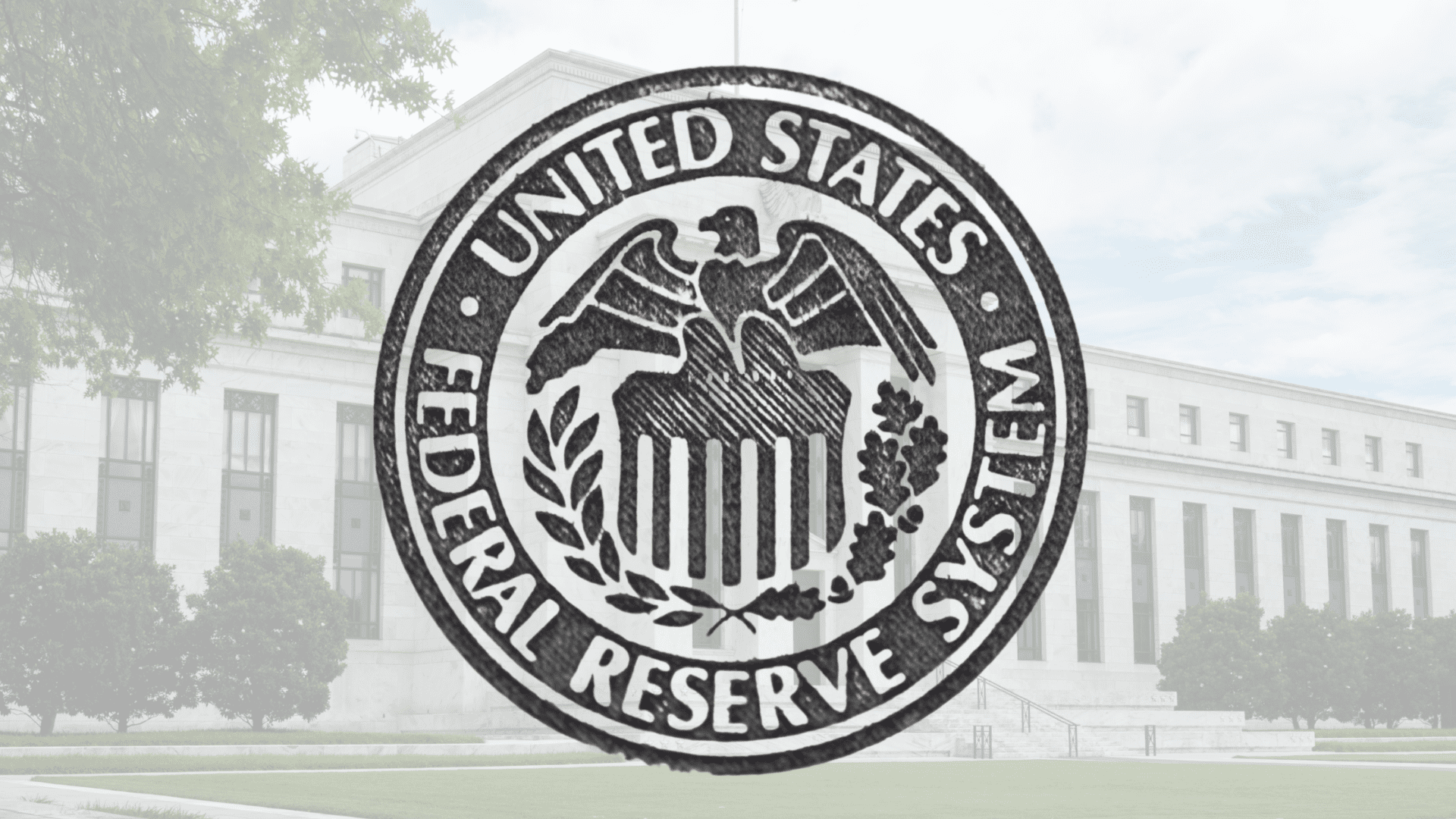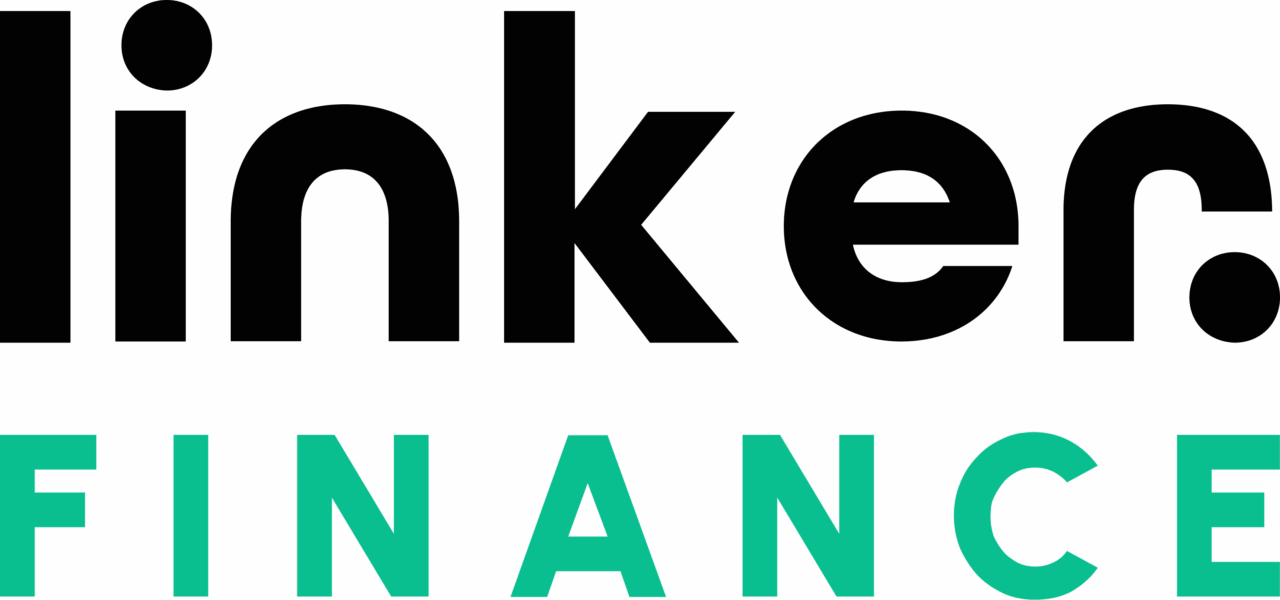On December 23, 1913, President Woodrow Wilson signed the Federal Reserve Act, giving rise to the institution that would come to serve as the central bank of the United States.
But unlike counterparts such as the Bank of England or the European Central Bank, this new institution wasn’t called the “Bank of the United States” or even the “Central Bank of the United States.” Instead, it was named the “Federal Reserve System.”
Why the unusual label?
The answer was discerned by contributor Bob McTeer in Forbes. The name resulted from the unique problems the system was designed to solve—and how its structure reflected the values and politics of the time.
The Panic of 1907: Catalyst for Federal Reserve Creation
The creation of the Federal Reserve was catalyzed by the Panic of 1907, a crisis that exposed deep structural weaknesses in the U.S. banking system. Chief among them was the fragmented and informal network of “reserve deposits” banks kept with one another.
In theory, this practice allowed banks to support each other during liquidity crunches. In reality, it created a highly fragile system in which a strain in one institution could rapidly ripple through the rest.
This interdependence often led to cascading failures. A bank trying to reclaim its reserves could set off a chain reaction that drains liquidity from the entire system. Even seasonal increases in demand for cash could cause disproportionate stress.
The Fed’s Centralized Reserve System
The architects of the Federal Reserve Act sought a centralized solution to this decentralized vulnerability. The answer? Instead of maintaining reserves with one another, banks would place their reserves with new regional central institutions—Federal Reserve Banks. These regional banks would serve as custodians of reserves and, more important, offer short-term liquidity to member banks.
By introducing this new structure, the U.S. banking system gained a key capability: elasticity.
The Federal Reserve Banks could expand or contract the supply of reserves through short-term loans to commercial banks. This meant that, under stress, the total reserve base could grow temporarily without draining other banks of their liquidity.
Discounting and Rediscounting Defined: Understanding the Fed’s Initial Tools
In its early days, the primary lending mechanism of the Federal Reserve involved “discounting” commercial banks’ short-term paper, including commercial and agricultural loans. Because this paper was already considered discounted, the Fed’s lending became known as “rediscounting,” and the associated interest rate was the “rediscount rate.”
As banking practices evolved and fewer banks relied on commercial paper for funding, the term “rediscount rate” faded and was replaced by the simpler “discount rate.” But the principle remained: when banks accessed the “discount window,” they weren’t just borrowing funds—they were temporarily increasing the supply of reserves in the system.
The Fed could influence bank behavior by adjusting the discount rate. A lower rate encouraged borrowing (and reserve expansion); a higher rate discouraged it. Moreover, borrowing among banks simply shifted reserves around. But borrowing from the Fed created new reserves altogether, adding liquidity without depleting any other institution.
Matching Money with Goods: The Real Bills Doctrine
While critics feared that a central bank might unleash inflation, early supporters of the Federal Reserve pointed to a safeguard: the commercial loan theory, or real bills doctrine.
According to this view, as long as the Fed made loans against short-term, self-liquidating commercial paper, the new money created would be backed by real economic activity—goods being produced and sold. In other words, money creation would mirror output expansion, thus avoiding inflation.
This concept helped win support for the Federal Reserve, portraying it not as a dangerous centralizing force, but as a practical solution for a volatile and fragmented banking system.
The Purpose Behind “Federal Reserve”
Ultimately, the term “Federal Reserve” captured two key elements of the institution:
- “Federal” reflected the system’s structure: a network of regional Reserve Banks coordinated by a central Board in Washington, D.C. This federal model appeased both advocates of centralization and proponents of states’ rights.
- “Reserve” spoke directly to its core function: managing the reserve base of the banking system to promote liquidity and stability.
So, while the name might seem unusual compared to its international peers, it was deliberate, designed to convey the system’s pragmatic mission and decentralized structure.
Far from being a branding accident, the “Federal Reserve” name carries the DNA of the reform movement that sparked it—and the financial architecture it was created to stabilize.
The full details surrounding the history of the Federal Reserve’s name are at Forbes.



















